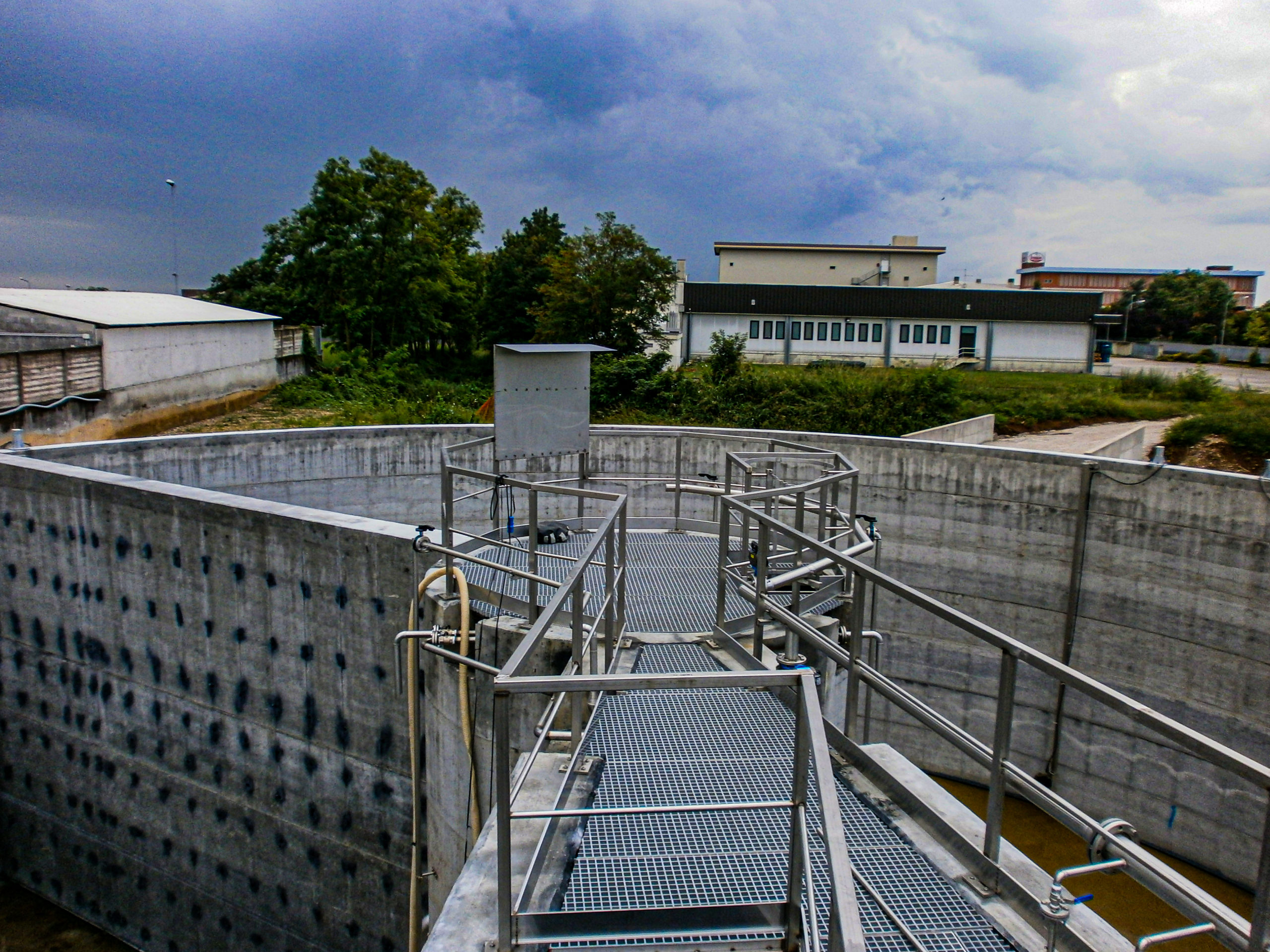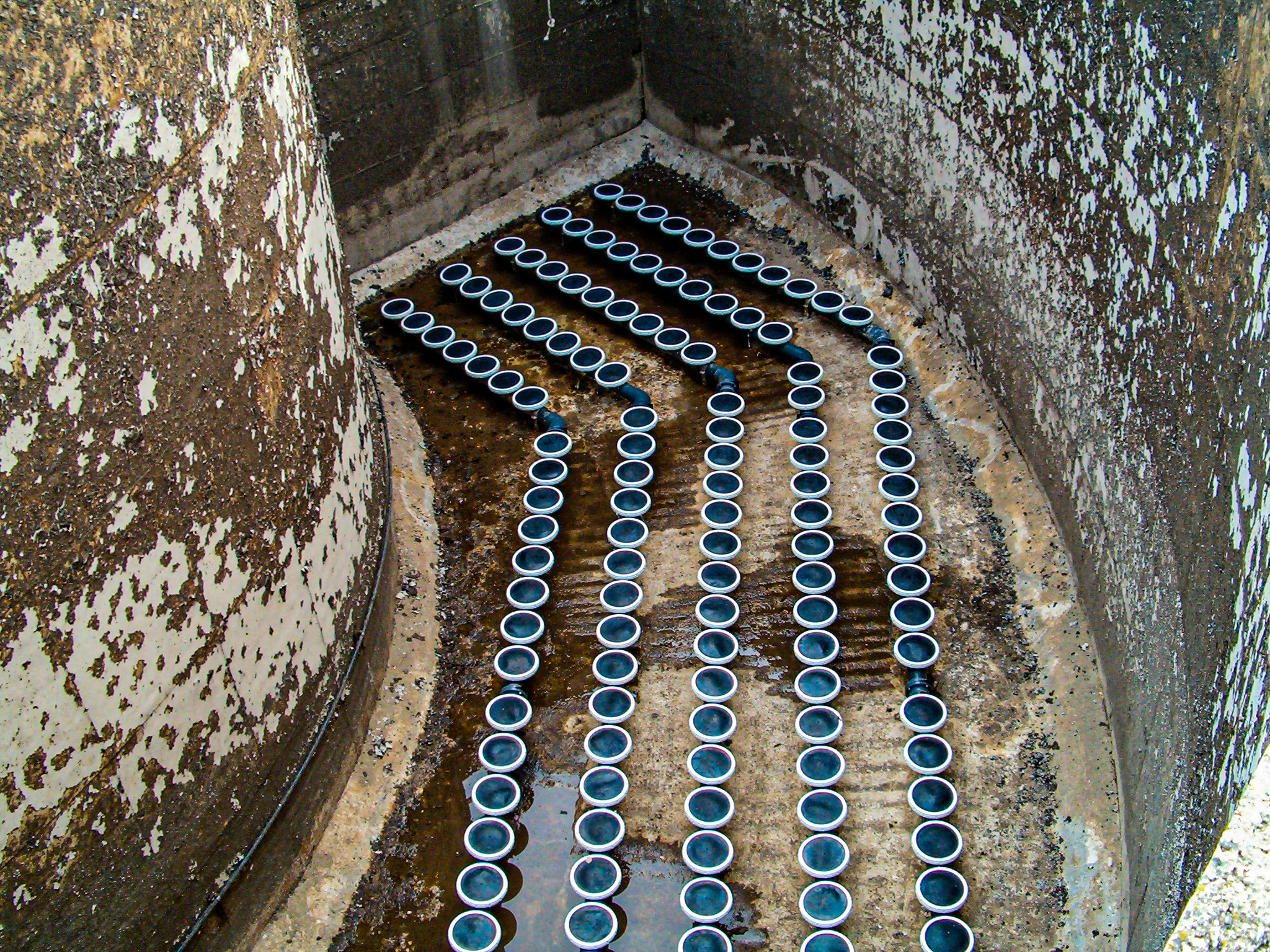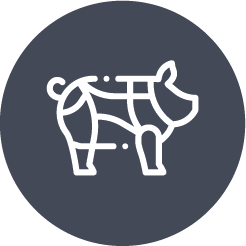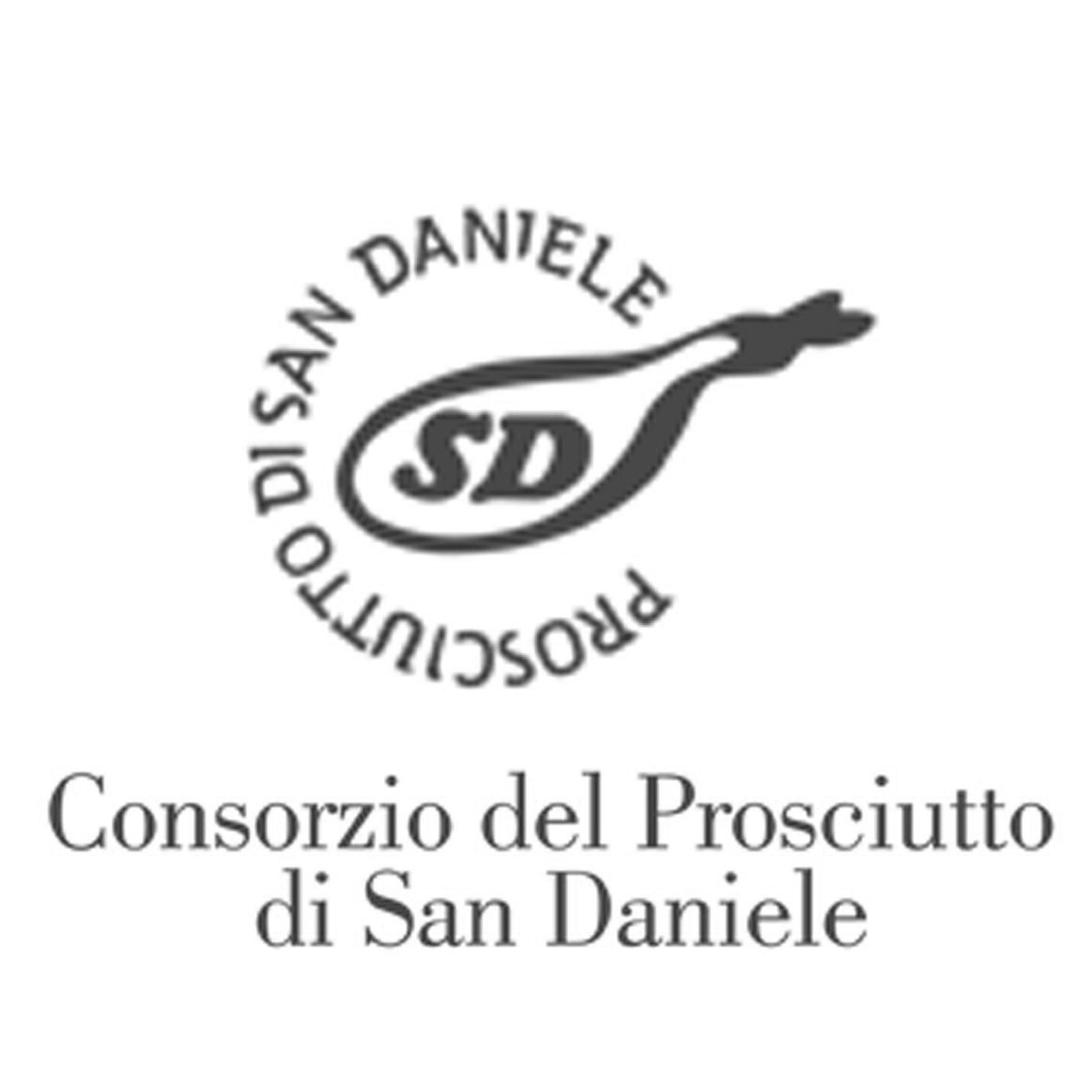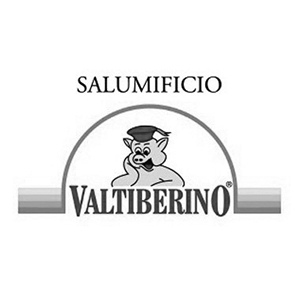Slaughter industry water treatment plant
The pollution produced by abattoir effluents varies according to the type and number of animals slaughtered and the presence of complementary processes such as product processing, trimming or other processes in the facility.
The pollutants in washing and processing waters are very diverse; we can identify blood, excrement, urine, straw, stomach contents and waste.
Another decisive parameter is the volume of water used per slaughtered animal. All these criteria, taken together, combine to vary the pollution load of the effluent generated by an abattoir.
The design of an abattoir wastewater treatment plant is, in fact, based on detailed knowledge of the following data:
The quality of the effluent produced.
The quality of the effluent can generally be estimated from the number of animals slaughtered or from the quantity of product processed.
Therefore, the chemical/physical and microbiological properties of the wastewater are extremely variable. In addition, the discharge contains pollutants from the products used in the washing and disinfection of rooms. This is why biological treatment is chosen on the basis of the type of processing done by the client. We have collaborated on the construction of wastewater treatment plants for:
